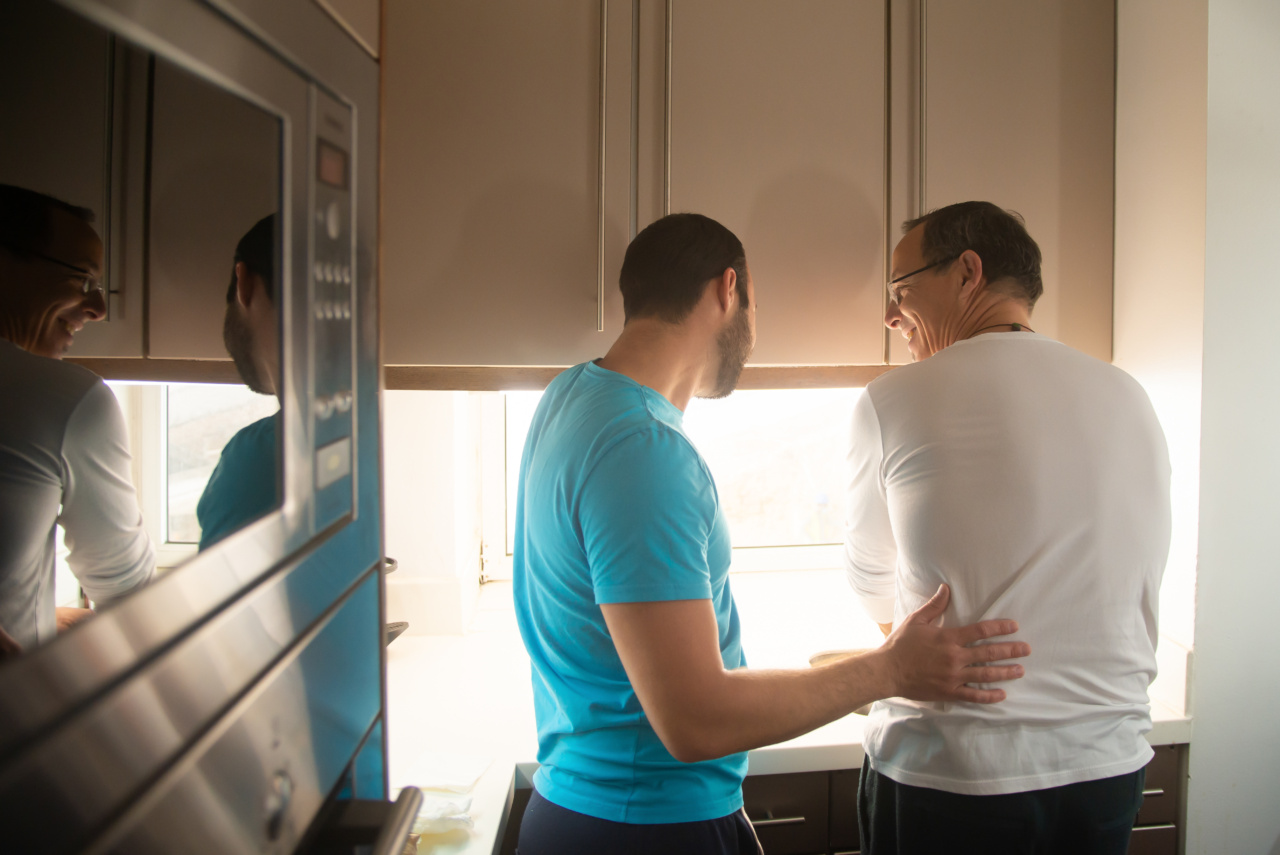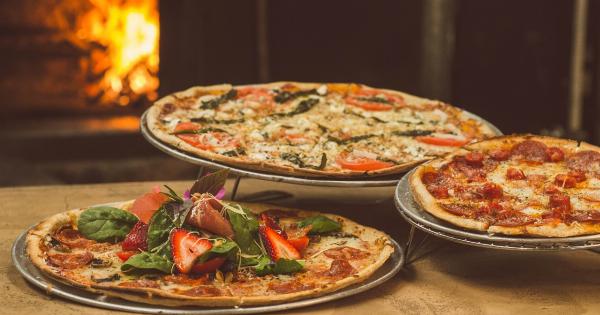Using a microwave is a convenient and quick way to prepare meals. However, there are certain foods that should never be cooked in a microwave due to various reasons, including safety and taste.
In this article, we will discuss 30 foods that are best avoided when it comes to microwaving. Let’s dive in!.
Foods with Excessive Water Content
1. Eggs.
Eggs should never be cooked in the microwave as they can explode due to the steam buildup inside the shell. It’s best to stick to more traditional methods, such as boiling or frying, when preparing eggs.
2. Peppers.
Peppers contain a high water content and can become rubbery and lose their texture when microwaved. They are best enjoyed when grilled or roasted.
3. Potatoes.
Microwaving potatoes without pricking them can lead to steam building up within, causing them to burst open. To avoid this, make sure to puncture the skin beforehand or consider using other cooking methods like baking or boiling.
4. Grapes.
Similar to eggs, grapes can also explode when heated in the microwave. The high water content inside the grapes turns into steam, resulting in a messy and potentially dangerous situation.
Foods wrapped in Plastic
5. Plastic-Wrapped Meats.
When plastic wrap is heated in a microwave, harmful chemicals can leach into the food. It is recommended to remove the plastic wrap and transfer the meat to a microwave-safe dish before cooking.
6. Styrofoam Containers.
Styrofoam can release toxic chemicals when heated, making it unsafe for use in microwaves. It’s better to transfer the food to a microwave-safe container before heating.
7. Plastic Containers.
While many plastic containers are labeled as microwave-safe, it is still prudent to transfer the food to a glass or ceramic dish. Some plastics can melt or leach harmful chemicals into the food when exposed to high temperatures.
Foods with Skin or Shell
8. Hot Dogs.
Heating hot dogs in the microwave can lead to an uneven cook, with some parts being scorching hot while others remain cold. It’s preferable to heat them slowly using other methods like boiling or grilling.
9. Shellfish.
Shellfish, such as clams, mussels, and oysters, should be avoided when it comes to microwaving. The intense heat from the microwave can cause the shells to explode, resulting in a messy and potentially dangerous situation.
10. Chicken Wings.
Reheating chicken wings in the microwave can make them rubbery and unappetizing. To maintain their crispy texture, it’s better to use an oven or toaster oven.
Foods prone to Explosion
11. Tomatoes.
Tomatoes have a high water content and can burst when heated in the microwave. It’s best to cook them using alternative methods, such as roasting or sautéing.
12. Hot Peppers.
Microwaving hot peppers can release capsaicin into the air, causing irritation to the eyes, nose, and throat. To avoid this, it’s better to cook them using a stovetop or grill.
13. Champagne or Sparkling Wine.
Never attempt to heat champagne or sparkling wine in the microwave. Carbonated beverages can explode when heated, leading to a sticky and potentially dangerous mess.
Foods Best Suited for other Cooking Methods
14. Pasta.
Pasta cooked in the microwave lacks the desired texture and can turn out gummy. It’s best to boil pasta on the stovetop for optimal results.
15. Bread.
Microwaving bread will make it rubbery and lose its freshness. Instead, use a toaster or oven to enjoy a crispy and warm taste.
16. Pizza.
Microwaving pizza results in a soggy crust and uneven heating. To preserve the flavors and textures, it’s recommended to use a toaster oven or conventional oven.
17. Raw Meat.
It’s best to avoid cooking raw meat in the microwave as it may not reach safe internal temperatures, allowing bacteria to survive. Use traditional cooking methods like grilling, baking, or frying for the best results.
18. Fried Food.
Microwaving fried food makes it lose its crispy texture and become unappetizing. Reheating fried food in a hot oven or skillet helps to maintain its crunchiness.
Foods with Seeds
19. Dried Herbs.
When microwaved, dried herbs tend to lose their flavor quickly. It’s best to incorporate them into recipes during the cooking process or sprinkle them on top afterward.
20. Popcorn.
Microwaving popcorn is a popular option, but many pre-packaged microwave popcorn bags contain harmful chemicals. Instead, opt for stovetop popcorn or use an air popper for a healthier alternative.
21. Nuts.
Nuts can become overly soft or even burn when microwaved due to their high fat content. To toast nuts, it’s recommended to use an oven or skillet for even heating.
Other Foods
22. Sauces.
Microwaving sauces can cause them to splatter, making a mess inside the microwave. It’s preferable to heat sauces slowly on the stovetop using gentle heat.
23. Carbonated Beverages.
Carbonated beverages, such as soda or beer, should never be heated in the microwave. Similar to champagne, they can explode when exposed to heat.
24. Whole Fruits.
Microwaving whole fruits can cause them to burst due to the buildup of steam. It’s better to enjoy fruits at their best texture by consuming them fresh or using alternate cooking methods.
25. Lettuce and Leafy Greens.
Leafy greens like lettuce can wilt and become soggy when microwaved. It’s preferable to use them fresh in salads or cook them using other methods like sautéing or steaming.
Foods Requiring Precise Cooking
26. Chocolate.
Microwaving chocolate can cause it to burn or become clumpy. It’s best to melt chocolate using a double boiler or in short bursts in the microwave while stirring frequently.
27. Rice.
Cooking rice in the microwave can result in unevenly cooked grains. Using a stovetop or rice cooker provides better control over the cooking process, resulting in fluffy rice.
28. Omelets.
Creating omelets in the microwave may lead to an overly rubbery texture. It’s best to stick to traditional stovetop methods, allowing for better control over the cooking process.
29. Cakes and Baked Goods.
Baking cakes and other baked goods in a microwave typically results in uneven cooking and a rubbery texture. Use an oven for these recipes to achieve the desired texture and flavor.
30. Raw Vegetables.
Microwaving raw vegetables often results in uneven cooking and a loss of texture. It’s best to steam or sauté them for optimal taste and nutrition.
Conclusion
While the microwave is an excellent tool for heating and reheating various foods, there are certain items that are best avoided due to safety concerns or undesirable outcomes.
From eggs to hot peppers and from pasta to raw meat, it’s important to choose the appropriate cooking method for each food to ensure the best results. By utilizing alternative cooking techniques, you can fully enjoy the flavors, textures, and nutritional benefits of the foods you love!.





























